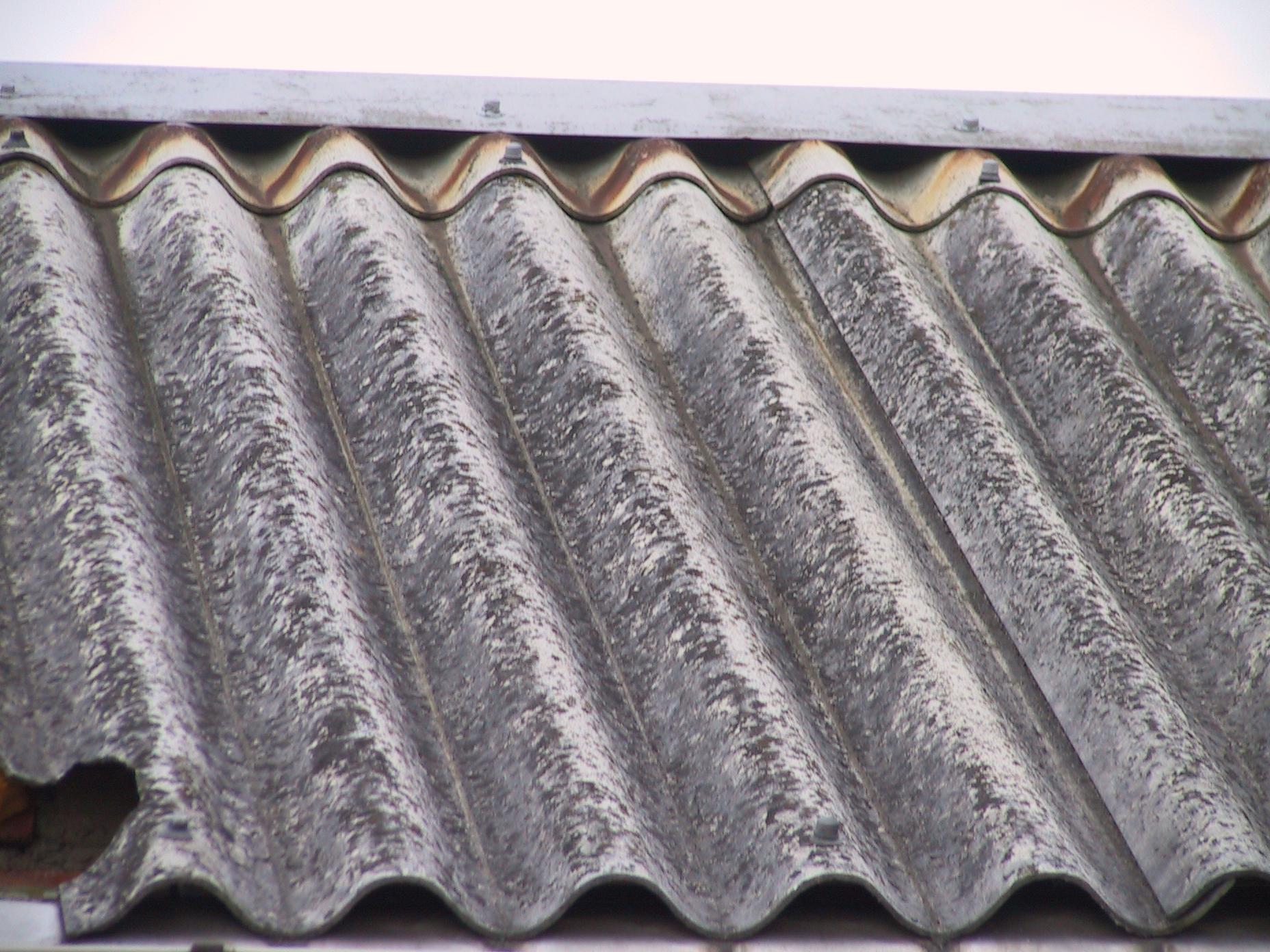
Asbestos
asbestos under the electron microscope
Asbestos is made up of very fine fibers that can be woven and swelled. Elastic, resistant to frost and high temperatures, to acids and other caustic substances, it is ideal for the production of fire-resistant fabrics (for example, clothing for firefighters), brake linings, sealing cords. Asbestos is a group of rock-forming minerals found in nature and known for thousands of years. But only a little over a hundred years ago, during the era of the industrial revolution, he made a real career. Unfortunately! It has been known for about a quarter of a century that this raw material, very useful for the production of about 3 products, is carcinogenic.
In Poland, it is mainly used in construction, including housing. In the 60s and 70s, corrugated asbestos-cement boards (asbestos-cement boards (asbestos) for sheathing single-family houses and outbuildings, as well as insulating boards used for sheathing block walls, gained particular popularity because they were inexpensive. .
As a result, at the beginning of the 15,5st century, there were about 14,9 million tons of asbestos-containing products in our country, including about 600 million tons of asbestos-cement slabs, 160 tons. tons of pipes and 30 thousand tons of other asbestos-cement products. The biggest problem is those products whose technical life, estimated at XNUMX years, is about to end. These include asbestos tiles, often neglected and unpainted.
Asbestos parts should not (or even be allowed) to be disassembled by yourself. You may not expose your environment, including other people, or yourself to asbestos contamination and loss of health. The plates can only be protected by painting them.
Broken, crumbling plates pose the greatest danger. The Construction Research Institute calculated that from 1 m2 a damaged surface can release even several thousand asbestos fibers.
There are many types of them, but the most dangerous are respiratory ones, that is, those that constantly remain in the air and enter the respiratory tract. They penetrate into the alveoli, from which they cannot be removed. The main harmfulness of asbestos lies in its irritating effect, leading to asbestosis (asbestosis), lung cancer, mesothelioma of the pleura and peritoneum.
A larger study of the incidence of this type of cancer showed that an increased incidence of the disease is observed in the area of mines and asbestos processing plants and in cities. Official statistics show that 120 patients die from pleural mesothelioma every year. In 1976–96, 1314 cases of pulmonary asbestosis were diagnosed in Poland. The number of cases is increasing by 10% annually.
The incidence is double in places where, for example, squares and roads have been reinforced with waste from the production of panels. This took place, for example, in the commune of Shchutsin in the province. Subcarpathian. Is the factory there? produces the largest number of asbestos-cement panels in Poland,” says Agata Szczesna from the General Inspectorate for Environmental Protection. - Environmental pollution with asbestos dust from wild dumps in forests and from open workings remains. And also from damaged surfaces of panels on the roofs and facades of buildings?
photo: source - www.asbestosnsw.com.au